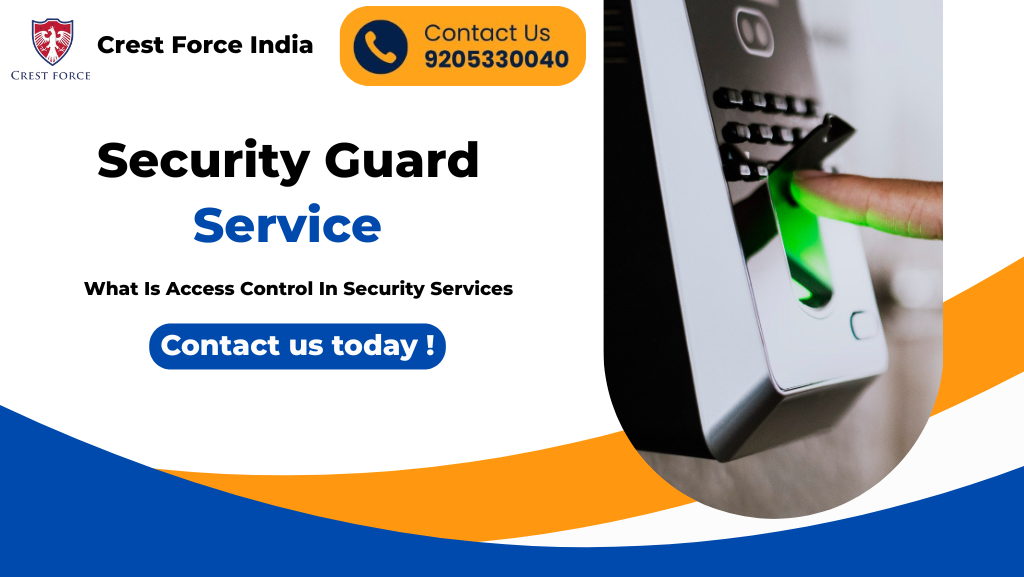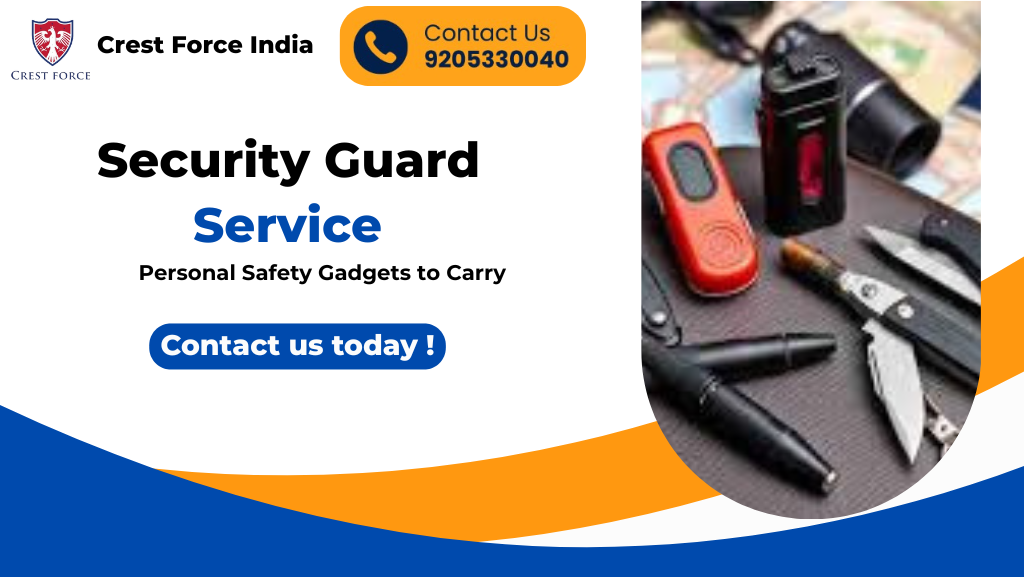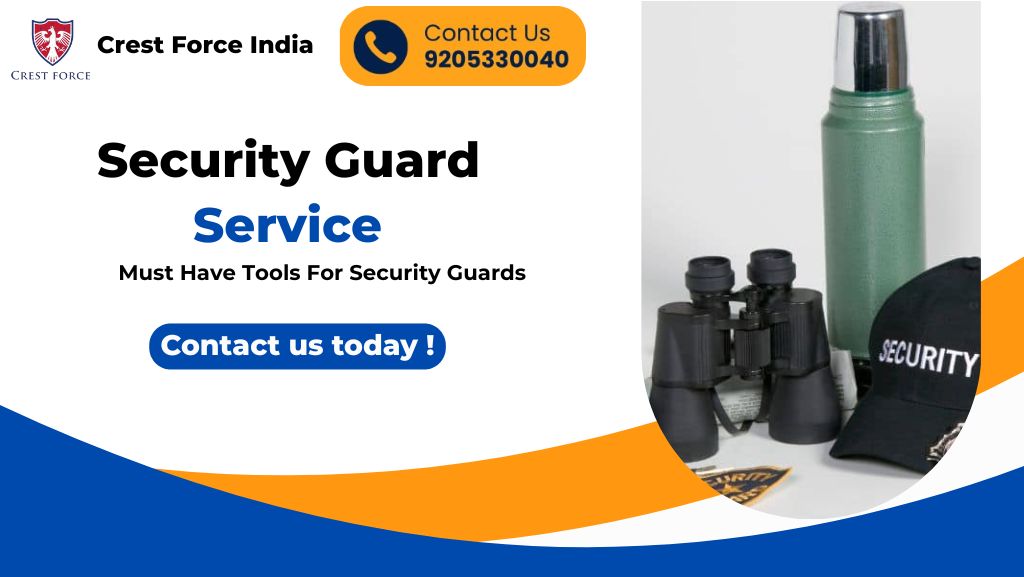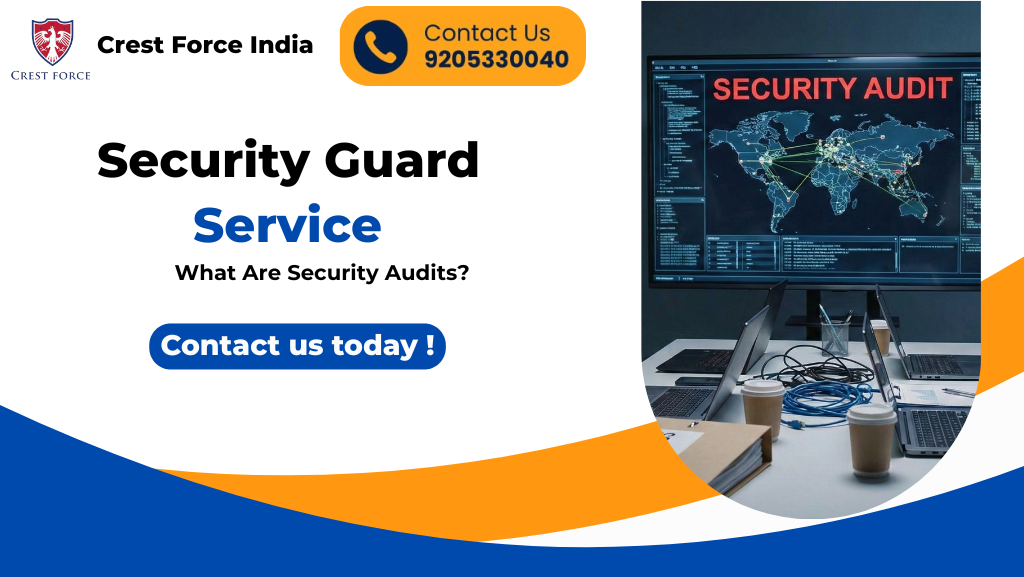Security nowadays extends way beyond locking doors and stationing guards at gates. Organizations have to safeguard physical areas as well as computer systems. This is where access control security comes to the fore.
What is security access control? Simply put, it is a system that controls who can enter or utilise resources within a building, workplace, or even within online platforms. It operates on the concept of “who, where, and when” allowing only authorised individuals to enter into secure areas or data.
In contrast to general security, which entails overall protection via patrolling, watching, or armed security, access control offers a systematic framework to thwart unauthorized entry. In the case of security guards, it is important that they learn about access control since they are front-line implementers of these systems.
How Does Access Control Work?
Access control revolves around four main stages:
- Identification: Utilising ID cards, badges, biometrics, or visitor passes to identify people.
- Authentication: Confirming that the ID is genuine, via PINs, fingerprints, face scanning, QR codes, or keycards.
- Authorisation: Permitting or prohibiting entry according to policies, i.e., if the individual has clearance to enter a given region.
- Audit/Monitoring: Recording who came in or went out for later reporting, compliance, and investigation.
This multilayered process makes sure that access is not freely granted but cross-checked against certain rules.
Also Read: Z+ Security Persons List In India
Security Services Access Control Types
There are various types of access control in security that are used for specific purposes:
- Discretionary Access Control (DAC): The owner decides who gets access, usually by small companies.
- Mandatory Access Control (MAC): Strict security control through security clearance, mostly employed by the government, the army, or highly secure data centres.
- Role-Based Access Control (RBAC): Permissions based on roles, e.g., a manager, employee, or guard, have different levels of access.
- Attribute-Based Access Control (ABAC): Time, location, or situational-based rules for access, i.e., allowing only certain employees to enter during evening shifts.
In addition, it is important to differentiate physical access control, such as gating and door locking, from logical access control that secures computer systems and networks.
Physical Access Control Systems Security Guards Use
Security guards directly interact with physical systems that limit access. These are:
- Keycards and swipe badges
- Biometric scanners, including fingerprint, retina, or facial recognition
- Security tokens and PIN pads
- Smart locks and turnstiles
- Metal detectors and frisking procedures
- Visitor log books or electronic visitor management systems
These aids, when supplemented with guard alertness, form a secure setting.
Security Guard Roles in Access Control
Technology is insufficient by itself. Security guards have a proactive role to ensure that access control security is effective:
- ID checking and credentialed confirmation of identities at entry points
- CCTV and physical barriers monitoring
- Escorting visitors or VIPs
- Strictly enforcing restricted area policies
- Counter to invasions such as tailgating or stolen cards
- Reporting and recording all incidents related to access
Competitors tend to foreground systems, but the guard is the factor that makes the systems work on the ground.
Significance of Access Control in Security Services
The applicability of access control in contemporary security cannot be overemphasised. It provides:
- Prevention of unauthorised access to designated areas
- Minimisation of theft, sabotage, or workplace violence
- Sensitive information and asset protection
- Increased safety for both customers and employees
- Respect for standards like PCI DSS, ISO, or HIPAA
Strong access control and a 24-hour security service are now necessities rather than options in the majority of businesses.
Access Control Examples in Real Life
Practical examples make the situation more understandable:
- An office complex secured using keycards for employees and visitor passes.
- A bank vault that is secured by biometric readers and two-factor authentication.
- A hospital ward in which doctors and nurses may enter, but not visitors.
- A government building that involves multiple levels of clearance.
- Turnstiles guarded against “tailgating” by limiting entry to one per card.
Best Practices for Security Guards Operating Access Control
To maintain systems as effective as possible, guards should practice:
- Make sure the person’s photo matches their ID by carefully checking it.
- Keep an eye out for attempts to tailgate or piggyback.
- Make use of accurate and current visitor logs.
- Be firm but courteous when rejecting unauthorised individuals.
- Report suspicious activity immediately.
- Stay up to date with new findings in access control technology.
These are practices that assist guards in providing professionalism and reliability.
Also Read: Top 10 Commando Forces In India
FAQs
Q1: What are the four types of access control?
Discretionary, Mandatory, Role-Based, and Attribute-Based Access Control.
Q2: What is access control for security guards?
It is the system of checking, verifying, and monitoring entry to ensure only authorised people gain access.
Q3: What are the five components of access control?
Identification, authentication, authorisation, audit, and monitoring.
Q4: What’s an example of access control in physical security?
Keycard systems at office complexes or biometric readers at datacentres.
Q5: How does authentication differ from authorisation?
Authentication verifies identity, but authorization determines what that individual has access to.
Crest Force India’s Role in Access Control
At Crest Force India, we are of the view that access control is not just technology; it’s about rigid execution. Our security officers are trained to operate both conventional and contemporary systems with precision. From visitor log monitoring to responding to emergencies, we offer businesses effective, professional, and timely security solutions. Whether you need armed security for secured areas or a 24-hour security service, we offer tailored solutions that suit your organization’s requirements.
Also Read: List Basic Equipment Of Security Guard
Conclusion
Access control is not merely a weapon but a system that combines systems, policies, and guards into a single uniform shield. The security guards are the pivot on which this system operates, carrying out the rules appropriately and consistently.
In the future, credentialing based on mobiles, AI-based surveillance, and sophisticated biometrics will be critical elements of access control security. The human factor the security guard will always remain the foundation of trust and enforcement, no matter how sophisticated systems become.
Our Popular Security Services – School Security | Hospital Security | Office Security Guards | Event Security | Residential Security Guards | Corporate Housekeeping | Female Security Personnel | Event Security Services











